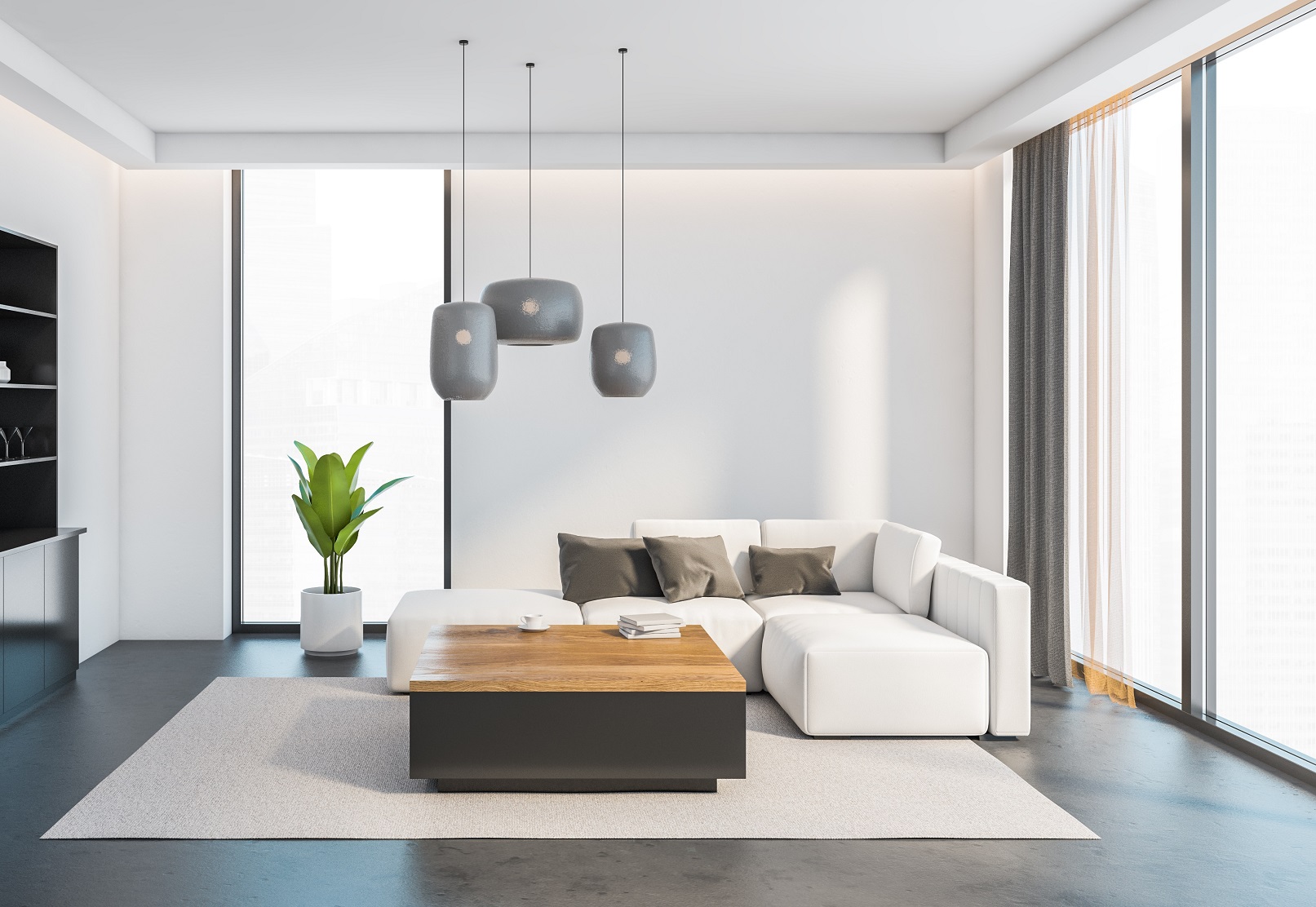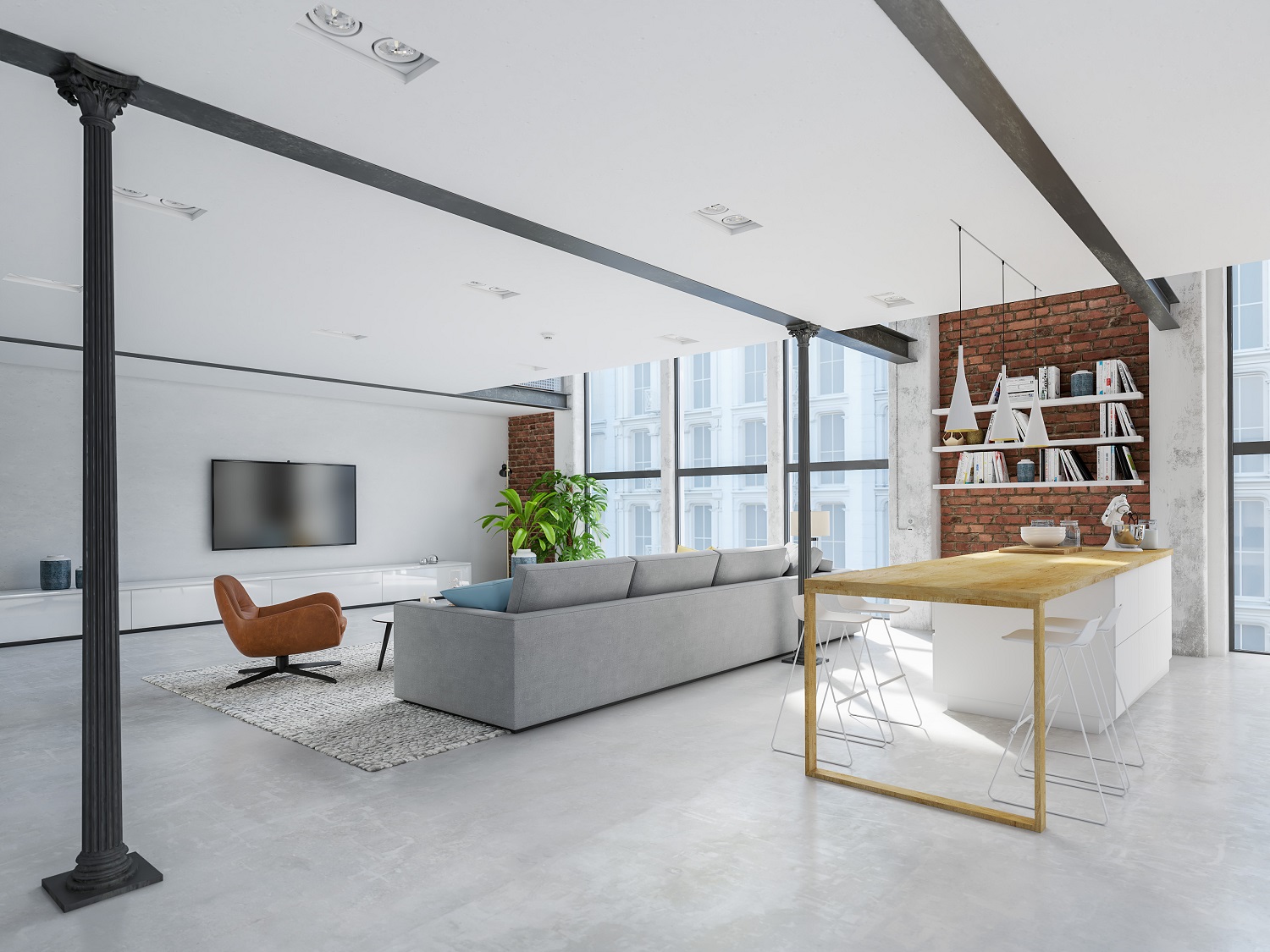The disadvantages of a PU self-levelling floor are limited. However, there are some things you should take into account when you choose to install a PU self-levelling floor.
Due to the higher elasticity of a PU cast floor, the wear-resistance is limited. Dog and cat nails may leave their marks after some time. Also the places around chairs and surfaces that are frequently moved will show signs of wear more quickly. However, you can prevent these traces of use by using a UV-resistant top layer. This not only protects your floor against discolouration caused by UV rays, but also gives it a wear-resistant protective layer.
When installing a PU Cast floor, it is important to prepare well. Especially the subfloor is important. The better the substrate, the better the result of your PU Flooring. Therefore, take enough time to prepare the subfloor and do the work. It is also best to work with two people. Someone who mixes and pours the products and a second person who distributes and vents.
A PU self-levelling floor is also sensitive to higher humidity. When you lay a self-levelling floor in a room that is recently occupied, it is best to let it dry completely first. It is also best to work on a dry day and not on a rainy and drizzly morning. The moisture in the air forms small blisters on the surface of the PU resin. These small blisters can be removed afterwards by sanding and applying a new layer of casting floor.
A PU self-levelling floor consists of several components, so you have to mix products. This mixing is very important and can sometimes negatively influence the curing. Good tools are therefore recommended when you start working.
Do you have doubts about the right working method? Then get good advice from a specialist or attend a workshop where you can work with the materials yourself.
| Advantages of a PU Cast Floor | Disadvantages of a PU Cast Floor |
| Available in different colours | Not recommended in industrial applications |
| Combinable with underfloor heating | Moisture sensitive during installation |
| Can be used on almost any surface | Proper preparation of the substrate |
| Wear-resistant and UV-resistant top layer | More likely to wear out without a top layer |
| Ideal for people with allergies | Attention when mixing components |
| Low-maintenance | |


